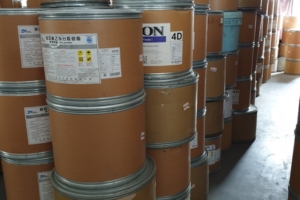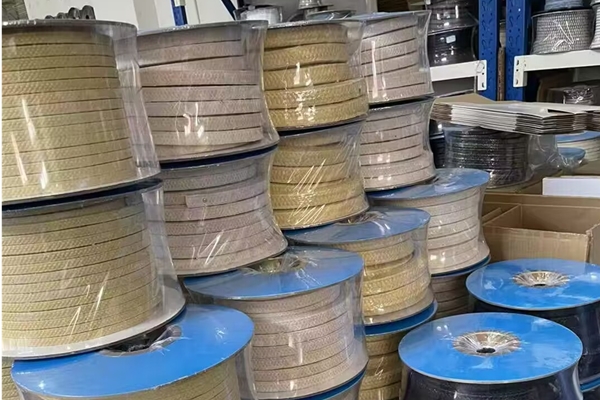Polytetrafluoroethylene, commonly abbreviated as PTFE and famously known as Teflon, has earned its nickname, “the king of plastics.” Discovered accidentally in 1938 by Roy J. Plunkett, this versatile material is a polymer of tetrafluoroethylene with the chemical formula (C2F4)n. Here’s a dive into why PTFE is a marvel in the world of materials science.
Key Properties:
Chemical and Thermal Stability:
PTFE is chemically inert, resisting attack from almost all chemicals, including strong acids, bases, and organic solvents.
It does not dissolve in any known solvents and can withstand boiling in aggressive chemicals like hydrofluoric acid or aqua regia without degradation.
PTFE decomposes gradually above 450°C but does not exhibit a defined melting point.
Physical Properties:
A white, odorless, tasteless, and non-toxic powder.
Exceptional thermal stability allows use at high temperatures (up to 250°C) and low temperatures (down to -196°C) while maintaining mechanical toughness.
Extremely low friction coefficient (0.05–0.10), making it an ideal lubricant and non-stick material.
Non-adhesive surface prevents adhesion of other substances.
Electrically insulating and resistant to aging and weathering.
Mechanical Properties:
Tensile strength: ~27.6 MPa.
Elastic modulus: ~550 MPa.
Poisson’s ratio: 0.4 (at 25°C).
Safety and Environmental Considerations:
Non-toxic under normal use but may release harmful decomposition products at elevated temperatures (>450°C).
Inhalation of these byproducts can cause flu-like symptoms or, in severe cases, chemical bronchitis or pulmonary edema
Production and Forms of PTFE
PTFE is typically manufactured through suspension or emulsion polymerization. The resulting material is processed into various forms based on applications:
Manufacturing: Industrially, PTFE is made by polymerizing tetrafluoroethylene, which is itself produced from chloroform through a process involving fluorination and thermal cracking. The polymerization occurs in specialized reactors, resulting in various forms like granules, powders, or dispersions.
Types:
Granular PTFE for molding or compression.
Powder PTFE for extrusion processes.
Aqueous dispersions for coatings or film casting.
Applications of PTFE
Corrosion Resistance: PTFE is extensively used in industries like petrochemical and textile manufacturing for components such as exhaust pipes, steam lines, and valves, especially in harsh environments requiring chemical resistance and low adhesion.
Electronics and Electrical Insulation:PTFE’s excellent dielectric properties make it suitable for producing insulated wires, thin films for capacitors, and high-temperature insulation in satellites and computers.Its selective gas permeability enables its use in oxygen sensors.
Medical Uses: PTFE’s biocompatibility makes it a favored material for artificial organs, including synthetic blood vessels and heart valves. It is also used in prosthetics and reconstructive surgeries.
Architecture:PTFE-coated fiberglass fabric is a revolutionary material for modern architecture, offering light weight, durability, flame resistance, and high transparency. It is widely used in constructing membrane structures.
Low-Friction Components:PTFE’s low friction coefficient is invaluable in applications such as self-lubricating bearings, pistons, and structural sliding supports for bridges.
Handling and Storage:
PTFE requires careful handling to avoid exposure to extreme conditions or mixing with oxidizers. Storage should be in a cool, well-ventilated area. Safety measures include wearing protective gear to prevent inhalation of dust or decomposition products.

Environmental and Safety Considerations:
PTFE does not pose environmental risks, but its handling at high temperatures demands attention to avoid health hazards from decomposition products.
In conclusion, PTFE’s unique combination of properties makes it indispensable in modern technology, medicine, and industry, showcasing how a material once discovered by chance has become pivotal in our daily lives. Whether you’re cooking with a non-stick pan or benefiting from high-tech medical procedures, PTFE is subtly at work, ensuring efficiency and safety.




